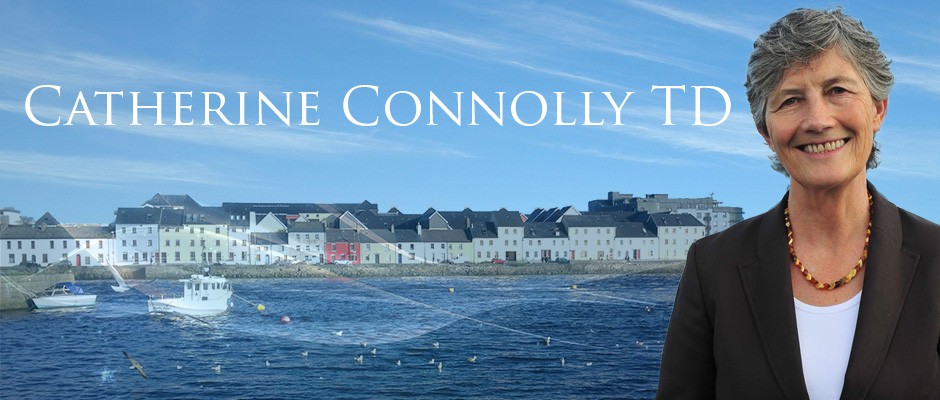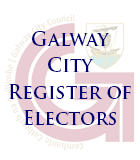Deputy Connolly says she fully supports the call by Galway Housing Action Group for a declaration by the Government of a national housing emergency.
Indeed it is something she has raised continuously in the Dáil since her election and has repeatedly asked Minister Coveney to do so. Deputy Connolly says without an honest recognition of the extent of the housing crisis it is not possible to provide solutions which are sustainable.
In Galway city there are 4,720 households on the housing waiting list with some applicants on the 2-bedroom list waiting over 15 years; in some instances, notwithstanding that 15 year period on the waiting list, some applicants have never been offered a home.
In response to this crisis, the City Council has confirmed that it will begin the construction of 14 houses this year and it hopes to construct 250 houses in total between 2017 and 2020. That is the sum total of public housing planned for Galway city where approximately 15,000 people are on a housing waiting list.
To add insult to injury the City Council has also confirmed that two thirds of 18 hectares of residential zoned land will be unusable because of the proposed N6 project which, with the best will in the world, cannot be completed until 2024/2025. This is residential zoned land that was bought at a premium in order to construct houses and, while the Council is still paying back the capital and interest with an outstanding debt figure of approximately €30m, not a single house has been constructed.
Deputy Connolly says it is clear that it is the policies of successive governments that has created this housing crisis in Galway and nationally and the freezing of so much residential zoned land is scandalously intensifying the crisis.
Moreover, not one single public house has been constructed by Galway City Council since 2009 and outside of the provision of funds to voluntary housing bodies, government policy is and has been to rely completely on the private market.
In this regard the housing assistant payment (HAP) is the only game in town according to the City Council further to government policy. Latest figures confirm that there are now 450 households on this scheme whose names have been taken off the waiting list and put on a transfer list with questionable status.
What happens on this scheme is as follows: the government has set caps depending on the number of people in the household, so for example, a single person on the housing waiting list is told to find a landlord who is willing to sign up for the scheme and the maximum rent the City Council will pay is €575 with a discretion to increase that by 20% up to a maximum of €690. Given that there is absolutely no accommodation available in Galway at that level, the tenant has to make up the difference between that cap and the market price which is substantially above that. In addition the tenant has to pay a differential rent to Galway City Council.
This scheme is copper-fastening cash payments to landlords and is deliberately maintaining rents at an unsustainable level. The primary solution to the crisis is the construction of public housing on our residential zoned land and an urgent review of the decision to freeze 12 hectares of residential land. In addition we must look at co-operative housing and shared ownership as part of an overall solution and we should be looking to local builders to take an active part in this construction programme.



